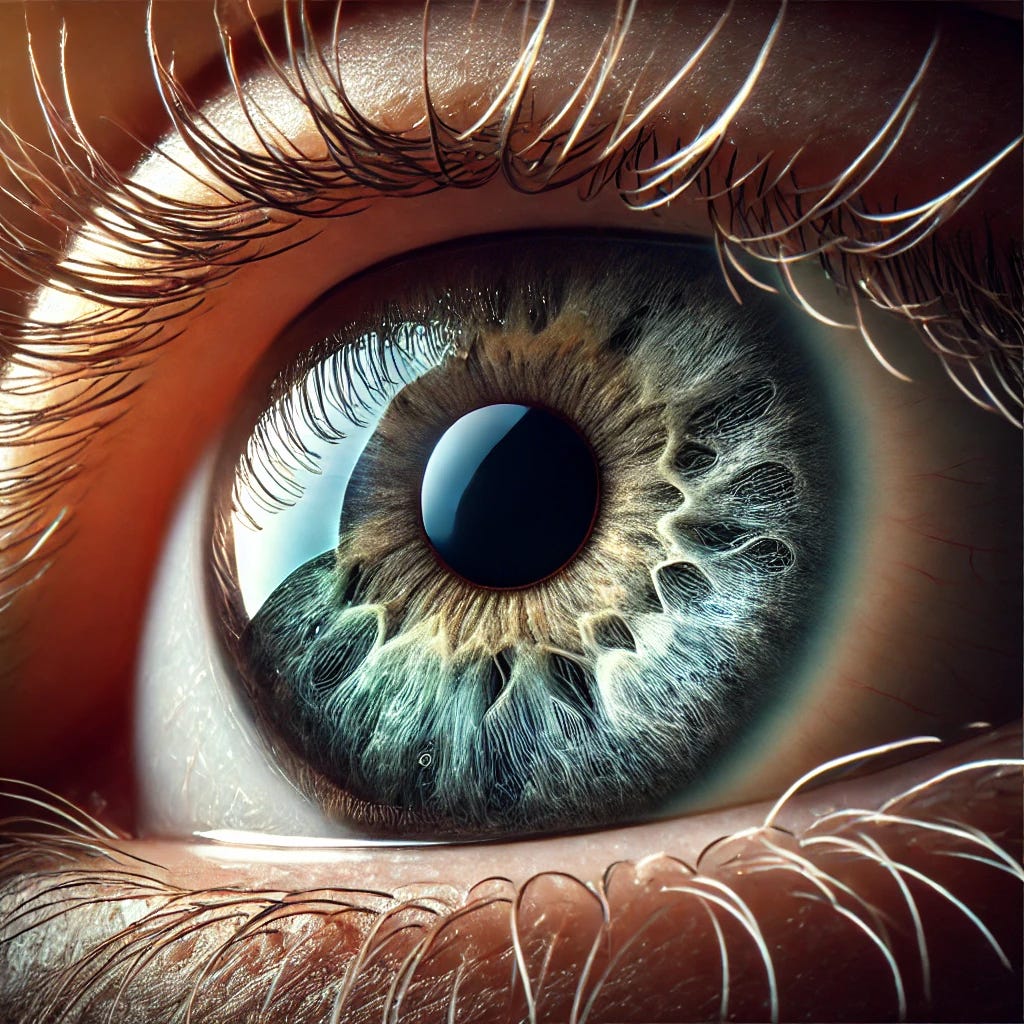Menopause is a major life transition that brings a host of changes to a woman’s body, many of which are well-known—hot flashes, mood swings, and changes in metabolism, for example. However, one of the lesser-discussed consequences of menopause is its potential impact on eye health, particularly when it comes to the risk of developing glaucoma.
Glaucoma, a leading cause of vision loss worldwide, is often associated with aging, but there’s growing evidence that hormonal changes during menopause may increase a woman’s risk for this silent sight-stealing disease. In this article, we’ll explore how menopause could affect your risk of developing glaucoma, what signs to watch for, and how you can protect your vision during this stage of life.
Understanding Glaucoma
Glaucoma is a group of eye diseases that damage the optic nerve, the part of the eye responsible for transmitting visual information to the brain. The most common type, open-angle glaucoma, is caused by increased pressure inside the eye, known as intraocular pressure (IOP). Over time, this pressure damages the optic nerve, leading to vision loss. Unfortunately, glaucoma often progresses without noticeable symptoms until significant damage has occurred, making it crucial to catch early.
Glaucoma is typically associated with aging, but other factors—including family history, race, and lifestyle—play a role. Now, there is growing interest in understanding how hormonal changes during menopause might also be a risk factor.
How Hormonal Changes During Menopause May Affect Glaucoma Risk
Menopause is marked by a significant decline in the production of estrogen and progesterone, two hormones that play key roles in regulating various bodily functions, including eye health. These hormonal fluctuations can have a direct impact on the structures of the eye and the way the eye handles fluid pressure, which is crucial in preventing glaucoma.
Here’s how these hormonal shifts might influence your risk:
1. The Role of Estrogen in Eye Health
Estrogen, the primary female sex hormone, has a protective effect on many systems in the body, including the eyes. Studies suggest that estrogen helps maintain normal intraocular pressure by influencing the balance of fluids in the eye. As estrogen levels decline during menopause, this protective effect may diminish, potentially leading to increased intraocular pressure, which is a major risk factor for glaucoma.
Research has shown that women are more likely to develop open-angle glaucoma after menopause, which may be linked to this estrogen drop. Additionally, studies have found that women who experience early menopause or have lower lifetime exposure to estrogen (for example, through fewer reproductive years) have a higher risk of developing glaucoma.
2. Blood Flow and Optic Nerve Health
Estrogen also helps regulate blood flow, which is critical for maintaining a healthy optic nerve. Reduced estrogen levels may lead to impaired blood flow to the optic nerve, increasing its vulnerability to damage. Since glaucoma damages the optic nerve, compromised blood flow may accelerate the progression of the disease in postmenopausal women.
3. Impact on Eye Pressure
Progesterone, another hormone that decreases during menopause, may also play a role in regulating intraocular pressure. Some studies suggest that progesterone helps keep eye pressure in check. Without the stabilizing influence of both estrogen and progesterone, intraocular pressure may rise, heightening the risk of glaucoma.
The Link Between Hormone Replacement Therapy (HRT) and Glaucoma
Given that declining hormone levels during menopause may increase glaucoma risk, could hormone replacement therapy (HRT) help? The answer is complex.
Some studies suggest that women who take estrogen replacement therapy may have a lower risk of developing glaucoma, as supplemental estrogen could help maintain the normal function of the eye’s drainage system and protect the optic nerve. However, other studies have shown mixed results, with some indicating no significant benefit or potential risks depending on the individual’s health profile.
It’s important to talk to your doctor about whether HRT is a suitable option for you, especially if you have a family history of glaucoma or other risk factors. Hormone replacement therapy is not without its own risks, so a careful discussion with your healthcare provider is essential.
Other Risk Factors for Glaucoma During Menopause
While hormonal changes are a major consideration, there are other factors during menopause that can contribute to an increased risk of glaucoma:
Aging: Menopause typically occurs in the late 40s to early 50s, and aging itself is one of the strongest risk factors for glaucoma. As we age, the eye’s drainage system may become less efficient, leading to increased pressure inside the eye.
Family History: Genetics play a significant role in glaucoma risk. If you have a family history of glaucoma, it’s essential to be even more vigilant about eye health as you approach menopause.
Other Medical Conditions: Conditions such as hypertension, diabetes, and heart disease—all of which can become more prevalent during menopause—are associated with a higher risk of glaucoma. Managing these conditions is key to protecting your eye health.
Symptoms to Watch For
One of the most challenging aspects of glaucoma is that it often progresses without any noticeable symptoms in the early stages. By the time vision loss becomes apparent, significant and irreversible damage may have already occurred. This makes regular eye exams vital, particularly as you enter menopause.
If glaucoma progresses to a more advanced stage, you might notice:
Loss of peripheral vision (side vision)
Blurred vision
Difficulty adjusting to low light
Seeing halos around lights
How to Protect Your Vision During Menopause
While menopause-related changes can increase your risk of glaucoma, there are steps you can take to protect your eye health and




